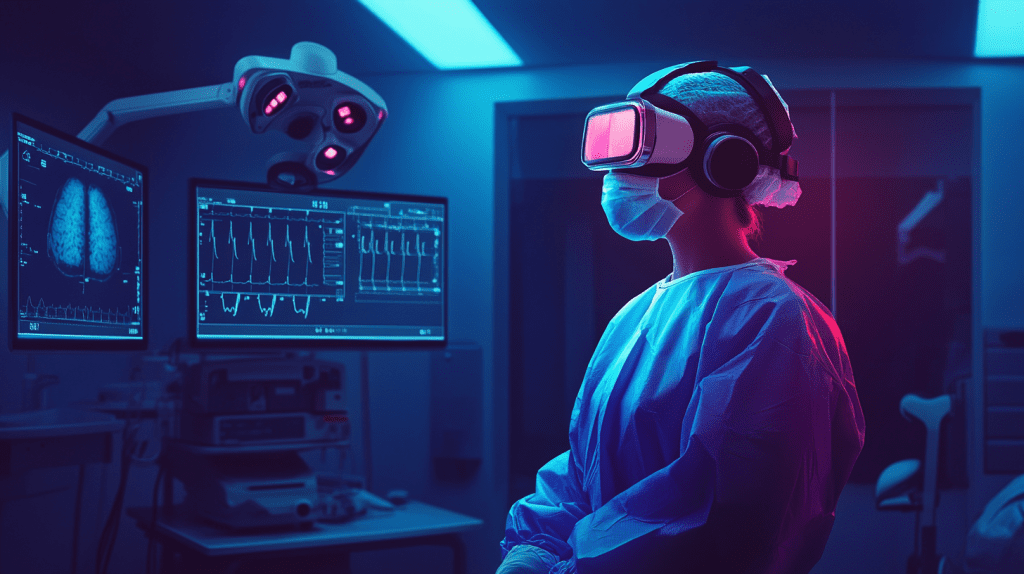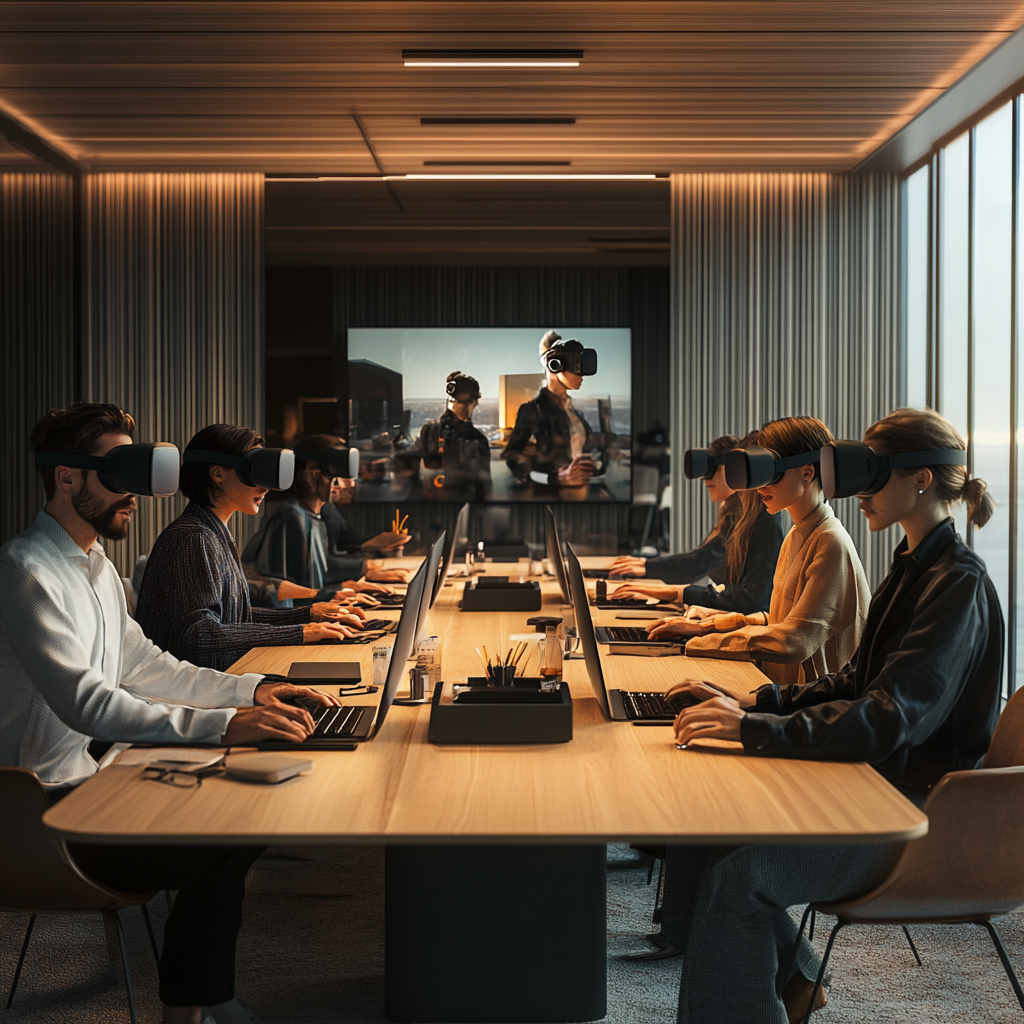Virtual Reality (VR) is taking the healthcare industry by storm, offering innovative solutions that were once the stuff of science fiction. The integration of VR in medical training is not just an exciting development; it is reshaping the way medical professionals are trained and prepared for real-world scenarios.
The Impact of Virtual Reality on Medical Education
Virtual Reality provides an immersive learning experience that traditional methods simply cannot match. This technology allows medical students and professionals to engage in realistic simulations that enhance their learning and retention.
According to a study by the Journal of Medical Internet Research, VR-based training can improve surgical performance by up to 230% compared to traditional training methods.
With VR, students can practice complex procedures in a risk-free environment, which boosts their confidence and skill level. The ability to simulate a wide range of medical conditions and procedures means that learners can encounter scenarios they might not otherwise see in their training.

VR in Surgical Training
One of the most significant advantages of VR in healthcare is its application in surgical training. Surgeons can practice techniques in a virtual environment, honing their skills without the pressure of a real-life operation. This hands-on experience is invaluable, especially for complex surgeries where precision and practice are paramount.
Furthermore, VR allows for repetitive practice, enabling surgeons to perfect their techniques without the limitations of traditional training resources. This aspect of VR is particularly beneficial for procedures that require a high level of dexterity and expertise.
A 2021 report by PwC highlighted that VR training can be 52% more cost-effective than traditional training methods, making it a smart investment for healthcare institutions.
Improving Patient-Care through VR
Aside from training, VR is also enhancing patient care. For instance, VR can be used to train healthcare professionals on how to handle patient interactions, allowing them to practice empathy and communication skills in a controlled setting. This aspect of VR is crucial in improving the overall patient experience in healthcare settings.
Moreover, VR can be used as a tool for patient education, providing patients with a visual understanding of their medical conditions and treatment options, thereby empowering them to make informed decisions about their health.
The Future of VR in Healthcare
The potential for VR in healthcare is enormous. As technology continues to advance, the applications of VR in medical training and patient care are expected to grow exponentially. The integration of AI with VR could further enhance the realism and effectiveness of medical simulations, offering even more sophisticated training opportunities.
Institutions that have already adopted VR in their training programs report higher levels of engagement and proficiency among their students, suggesting that this trend is here to stay. As more medical schools and healthcare facilities recognize the benefits of VR, it will likely become a standard component of medical education.
For those interested in exploring the current developments and future potential of VR in healthcare, resources like Healthcare IT News provide valuable insights into the ongoing innovations in this field.
In summary, VR is making waves in the healthcare industry by providing a dynamic and effective means of training medical professionals. Its ability to simulate real-life scenarios, improve surgical skills, and enhance patient care makes it an invaluable tool in modern medicine.


